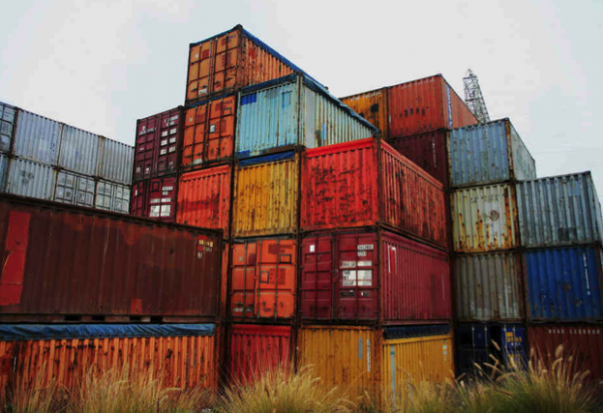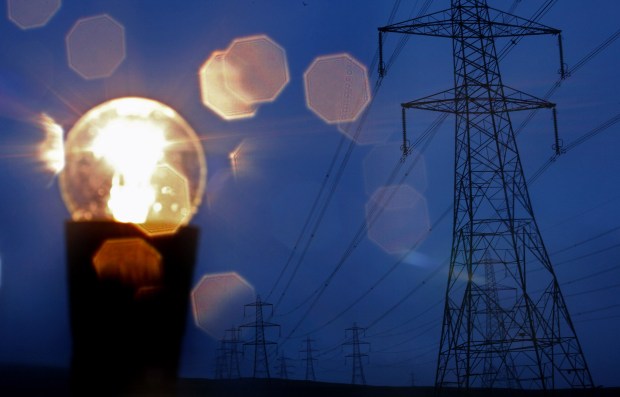 In 1996 I published Globalising Australian Capitalism. The book generally gave a favourable account of the then bipartisan policy response in Australia to the process of the liberalisation of the global economy, then just becoming known as ‘globalisation’. In it, I anticipated an increase in the growth rate of the Australian economy and a generalised prosperity to replace the problems of the early 1980s’ ‘stagflation’ it was designed to resolve.
In 1996 I published Globalising Australian Capitalism. The book generally gave a favourable account of the then bipartisan policy response in Australia to the process of the liberalisation of the global economy, then just becoming known as ‘globalisation’. In it, I anticipated an increase in the growth rate of the Australian economy and a generalised prosperity to replace the problems of the early 1980s’ ‘stagflation’ it was designed to resolve.
Although this proved to be a fairly accurate prediction, and twenty-six years of uninterrupted growth followed, two decades later less positive aspects of globalisation are evident.
In the developed countries, opening the...
Already a subscriber? Log in
Subscribe for just $2 a week
Try a month of The Spectator Australia absolutely free and without commitment. Not only that but – if you choose to continue – you’ll pay just $2 a week for your first year.
- Unlimited access to spectator.com.au and app
- The weekly edition on the Spectator Australia app
- Spectator podcasts and newsletters
- Full access to spectator.co.uk























Comments
Don't miss out
Join the conversation with other Spectator Australia readers. Subscribe to leave a comment.
SUBSCRIBEAlready a subscriber? Log in